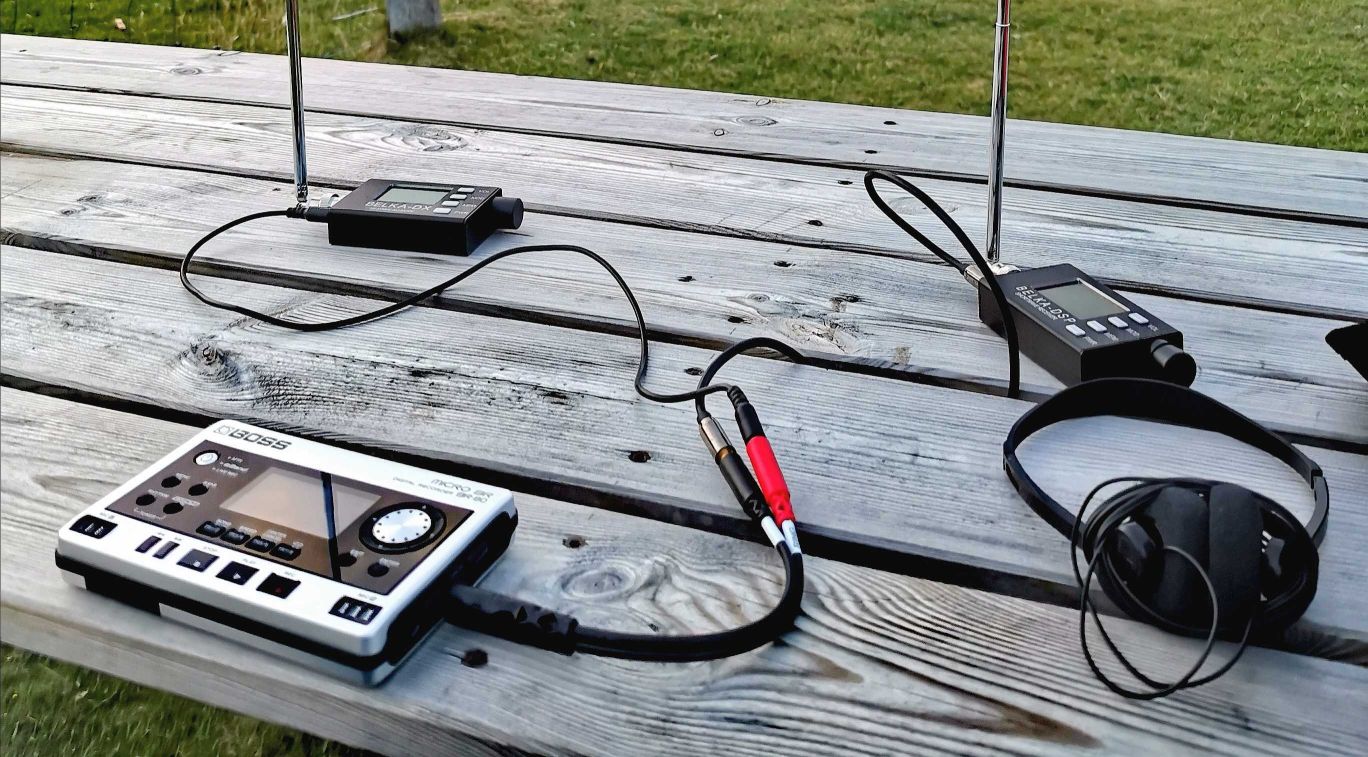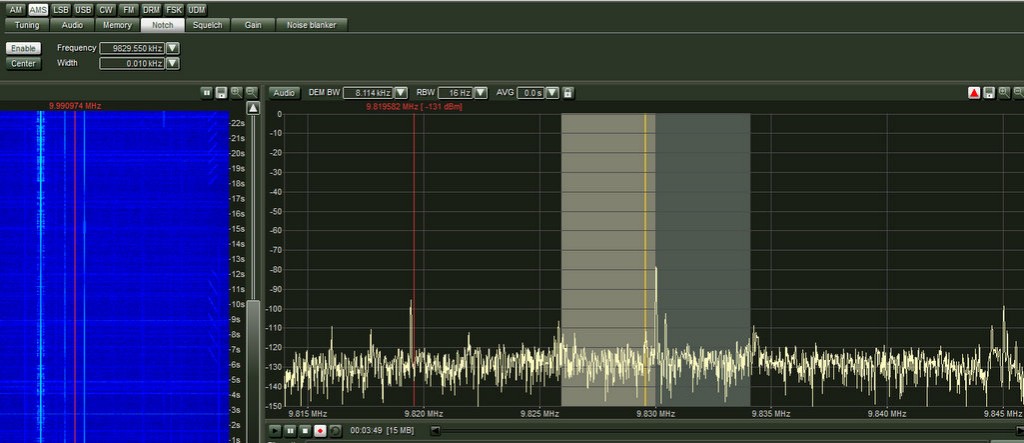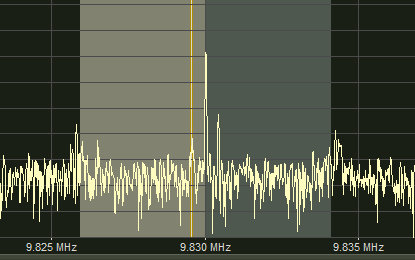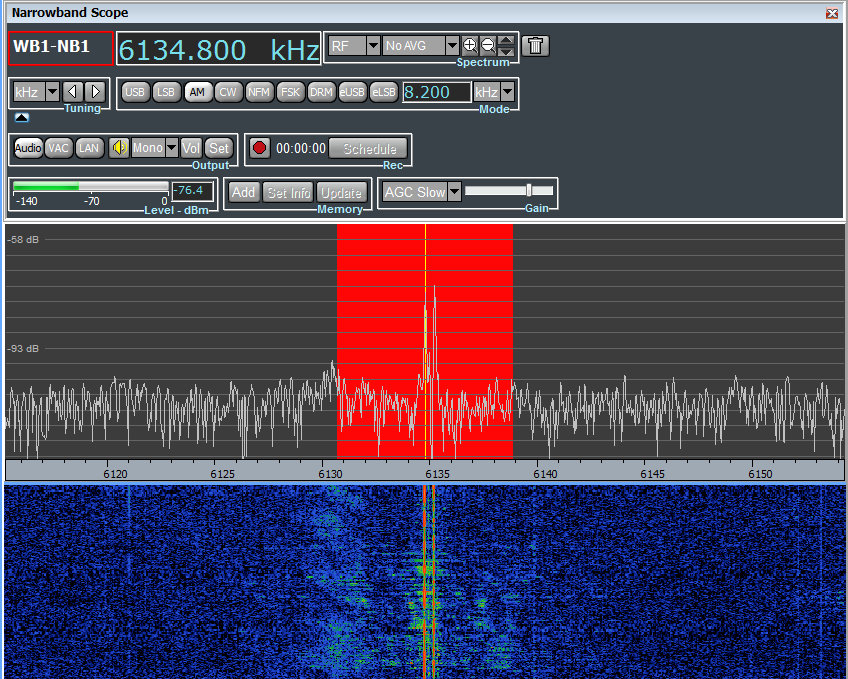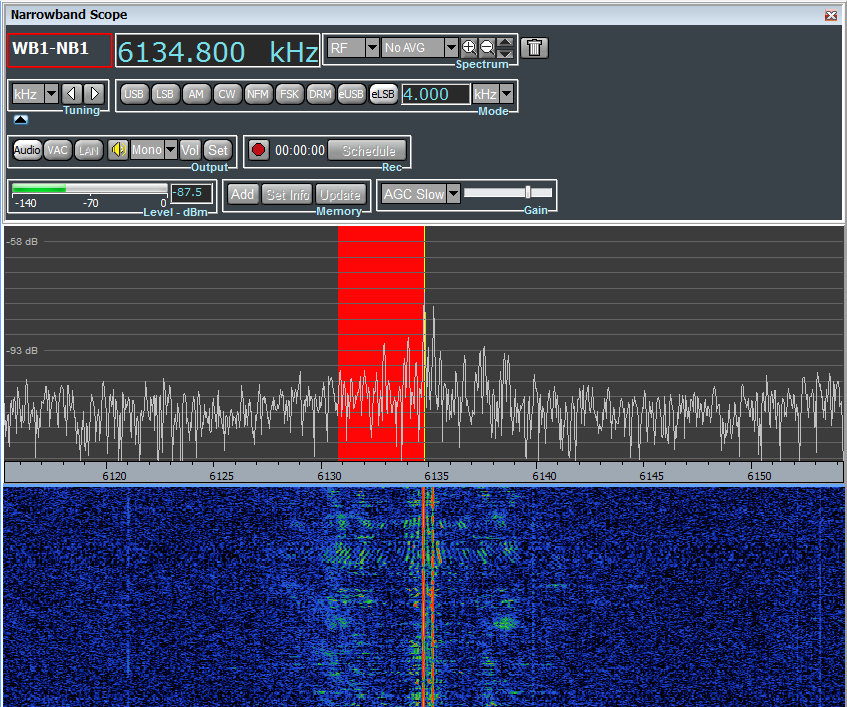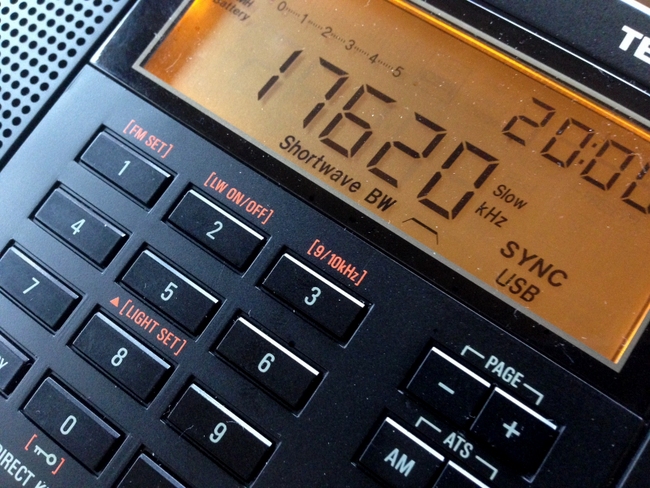 Many thanks to SWLing Post contributor, Mike, who writes with the following question:
Many thanks to SWLing Post contributor, Mike, who writes with the following question:
How important is AM Sync for a portable radio? Is it essential or a deal breaker?
That’s a great question, Mike, and one I don’t think I’ve directly addressed it here on the SWLing Post oddly enough.
Synchronous detection is actually a fairly deep topic to explore–and everyone has their own opinion–but I get the impression that you’d like a simple answer, so I’ll try to keep this as brief as possible. You might follow the comments section of this post as I’m sure some SWLing Post readers will share their thoughts on synchronous detection and how important it is for them.
So what is Synchronous Detection?
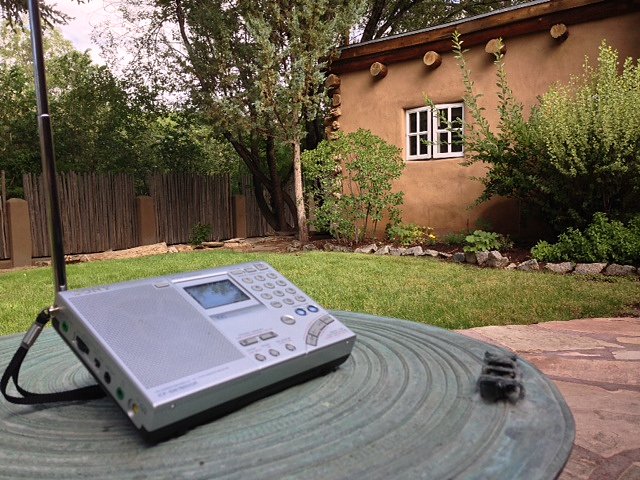
I like this concise Wikipedia answer:
In electronics, a synchronous detector is a device that recovers information from a modulated signal by mixing the signal with a replica of the un-modulated carrier. This can be locally generated at the receiver using a phase-locked loop or other techniques. Synchronous detection preserves any phase information originally present in the modulating signal. Synchronous detection is a necessary component of any analog color television receiver, where it allows recovery of the phase information that conveys hue. Synchronous detectors are also found in some shortwave radio receivers used for audio signals, where they provide better performance on signals that may be affected by fading. To recover baseband signal the synchronous detection technique is used.
How does synchronous detection help shortwave, mediumwave, and longwave listeners?
As the Wikipedia article notes above, sync detection can help “provide better performance on signals that may be affected by fading.”
In short: a solid synchronous detector can help stabilize an AM signal which then can help with overall signal intelligibility.
In some modern portable radios, at least, this could come at the expense of audio fidelity (see caveat below).
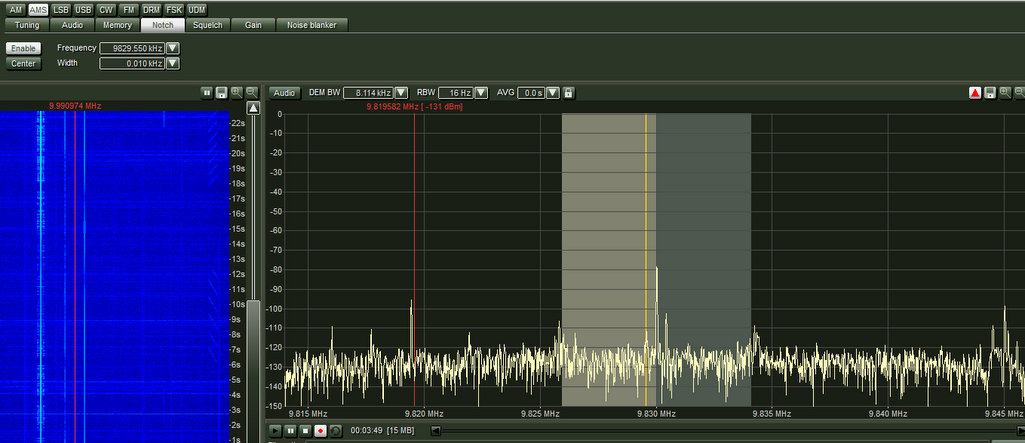
I use sync detection when the bands are rough, noisy, and QSB (fading) is affecting signals.
A good sync detector will help clean-up and stabilize the signal so that you can hear voice information with less listener fatigue. Sync detectors are also great tools for grabbing station IDs when propagation is less stable. If you have a receiver with selectable sideband synchronous detection, it can also be used as a tool for eliminating adjacent signal interference.
Caveat? Sync detectors vary in terms of quality.
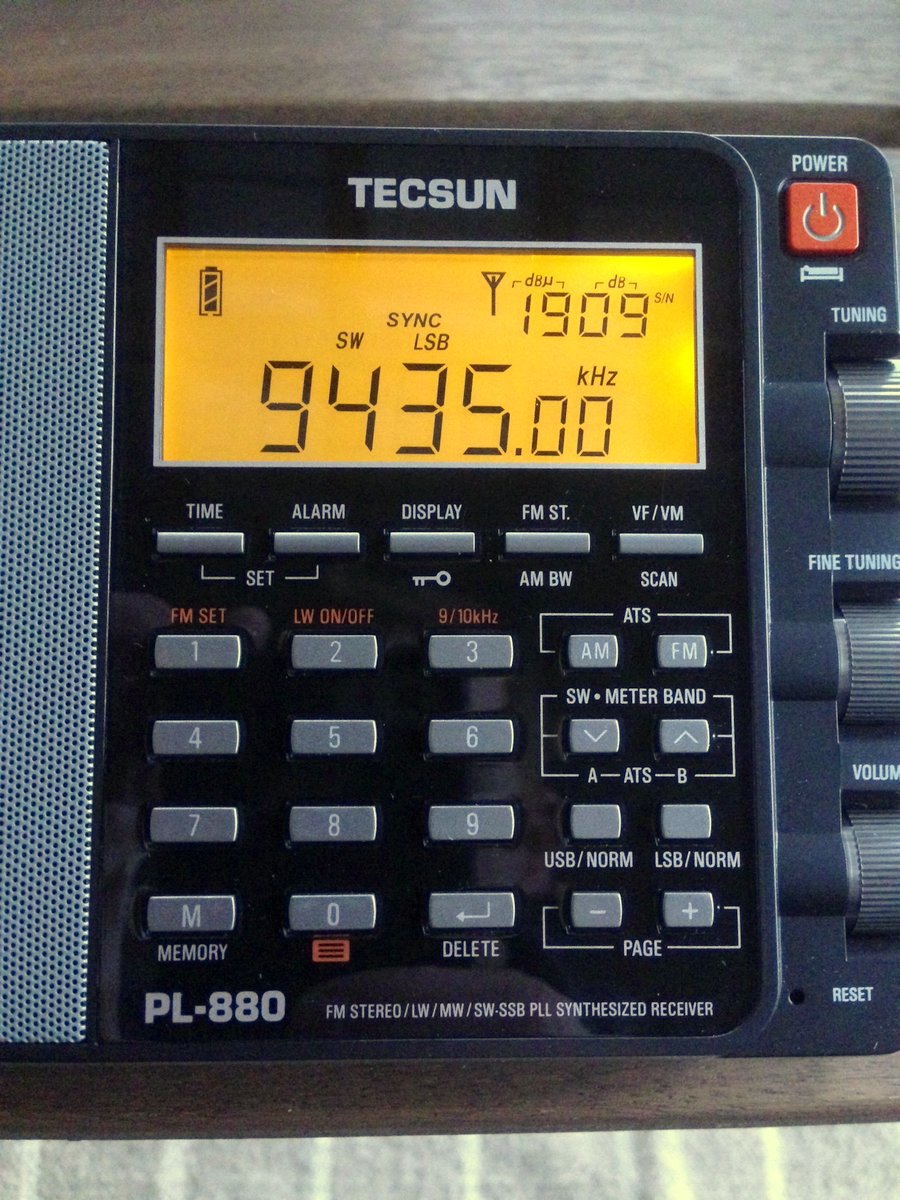
The PL-880 has a synchronous detection “hidden” function. I’m sure it’s hidden because it’s so ineffective. The PL-880 is a fantastic portable, but don’t bother using the sync detector.
Many modern DSP portables sport synchronous detection, but they’re not terribly stable and the audio fidelity can take a big hit as well. Poor sync detectors can make audio sound “tinny” and narrow.
If a sync detector isn’t effective a providing a stable lock on a signal, then it’s pretty much useless. Why? If it can’t maintain a stable lock, it’ll produce very unstable shifting audio, often with the occasional heterodyne sound popping in as well. In those cases, it’s better to turn off synchronous detection.
Benchmark legacy tabletop receivers and modern Software Defined Radios (SDRs) typically have solid, effective sync detectors. Indeed, I rarely have the AM synchronous detector disengaged on my WinRadio Excalibur–that particular SDR and application enhance audio fidelity through sync detection.
I find that I use sync detection less with my Airspy HF+ Discovery and SDRplay RSPdx, for example, because the OEM applications natively does a brilliant job managing unstable signals.
In terms of portables, I’ve always considered the sync detector of the Sony ICF-2010, Sony ICF-SW7600GR, and PL-660/PL-680 to be pretty solid. I’m sure readers can suggest even more models.
Is sync detection an essential feature on a portable radio?
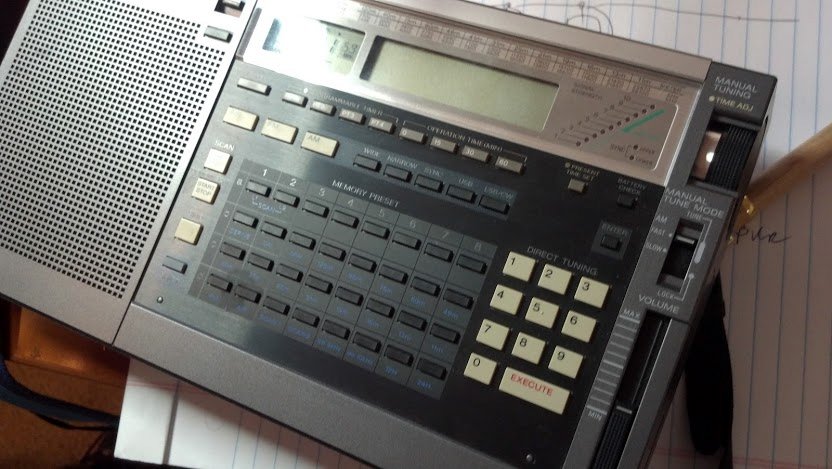 Not for me. But I do admit that I value the radios I own that sport a good sync detector.
Not for me. But I do admit that I value the radios I own that sport a good sync detector.
For some SWLs and DXers, however? It might very well be a deal-breaker if a radio doesn’t have a sync detector, or if its sync detector doesn’t function well.
What do you think?
Is the lack of sync detection a deal-breaker for you? When do you employ sync? Please comment!
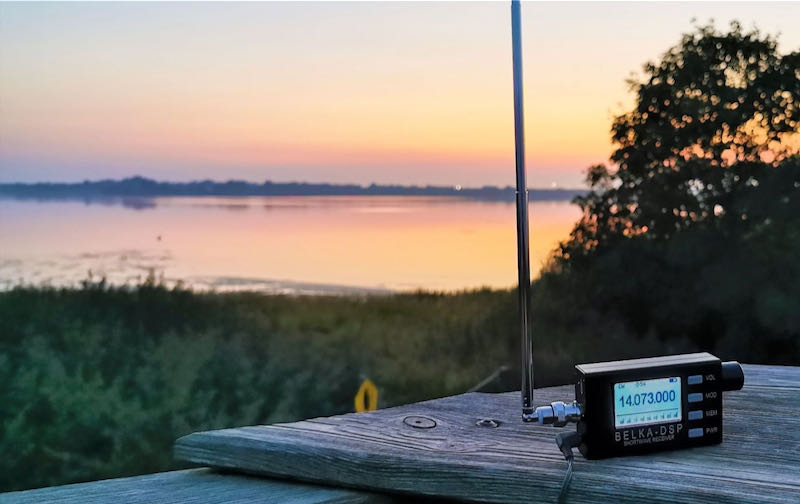 Revisiting the Belka’s “pseudo-sync detector”: A sync detector crash course!
Revisiting the Belka’s “pseudo-sync detector”: A sync detector crash course!
